The Xen Project Software Facilitates Some of the Biggest Clouds in the World
Our hypervisor and supporting software were used in Clouds ever since the Cloud came into existence.
In 2006, Amazon launched the Elastic Compute Cloud (EC2) and Slicehost (acquired by Rackspace on October 22, 2008) launched their services. Both are based on our hypervisor.
“Xen is great. It is powerful and easy to use. But most important is the very active community around it. That was a very big reason for us in selecting Xen.”
Werner Vogels, CTO of Amazon
Since then, many Cloud Services (including Alibaba and Tencent) and many Hosting Services have launched with the Xen Project hypervisor.
Just how does the Xen Project software facilitate the construction of clouds?
The Xen Project hypervisor has been a staple of Cloud Computing and Hosting for more than a decade. This is because it is reliable, with a huge ecosystem. It has a flexible architecture that enables vendors to customize the Hypervisor to their needs. And it has support for a wide range of guest operating systems.
- Disclosure of Security issues:Unlike competing projects, the Xen Project runs a security process that enables cloud providers and hosting providers of any size to fix security vulnerabilities in private before an issue is made public. This ensures that by the time a security issue is made public, a Xen based cloud/hosting service will be updated. You can learn about the history and details of this approach in this four-part series on the Linux.com.
- Live Patching enables reboot free deployment of security patches to minimize disruption and downtime during security upgrades. The Xen Project ships with easy to use Live Patching build tools as well as tools to manage live patches. Live patching has been used by cloud providers and hosting providers without any issues since 2016.
- The Xen Project has a number of advanced security technologies that are of use in cloud computing environments, see here.
Support for cloud operating systems
Xen Project has led the charge into the area of Unikernels, also called cloud operating systems. These lightweight, special-purpose operating systems are not meant to run on hardware. Rather, they are designed for producing small VMs which can populate massive clouds with minimal hardware. Our project produces Mirage OS, one of the first cloud operating systems to reach production-ready status, and Unikraft, which simplifies the process of building unikernels through a unified codebase. In addition, there are other cloud operating systems such as LING (formerly Erlang-on-Xen) and OSv which can populate a Xen Project-powered cloud.
The Xen Project is compatible with a number of Unikernels. An interesting example is HaLVM, a port of the Glasgow Haskell Compiler tool suite that enables developers to write high-level, lightweight virtual machines that can run directly on the Xen Project hypervisor. Galois originally developed HaLVM to allow for quick and easy prototyping of operating system components; however, it can also operate as a network appliance. HaLVM is used in a commercial network security application called CyberChaff™, that deploys hundreds (or thousands) of false, tiny HaLVM based virtual machines that are indistinguishable from the real host on the network with the aim to make network attacks significantly harder.

